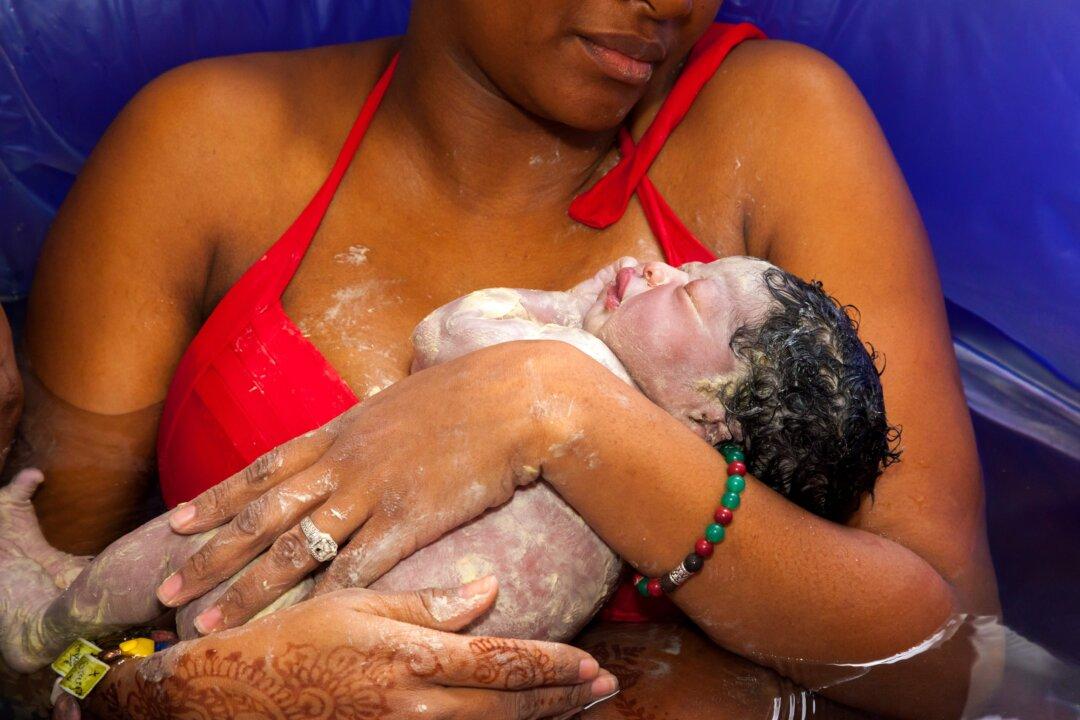For all of human history, babies have been born where their mothers lived—whether in a house, hut, or cave. Only in the last century has birth moved out of the home and into the hospital. How has that changed the types of microbes that live in and on our bodies—collectively known as the microbiome—which we know are vital to human health?
To find out, our group of researchers from New York University, University of California–San Francisco, and Sejong University in Seoul, South Korea compared different kinds of fecal bacteria from babies born at home to babies born in the hospital. Our results suggest that hospital births can change the gut microbiome of newborns, perhaps placing these babies at higher risk for certain immune or metabolic disorders. So how do we respond? And why do I, as a hospital-based midwife, care?

